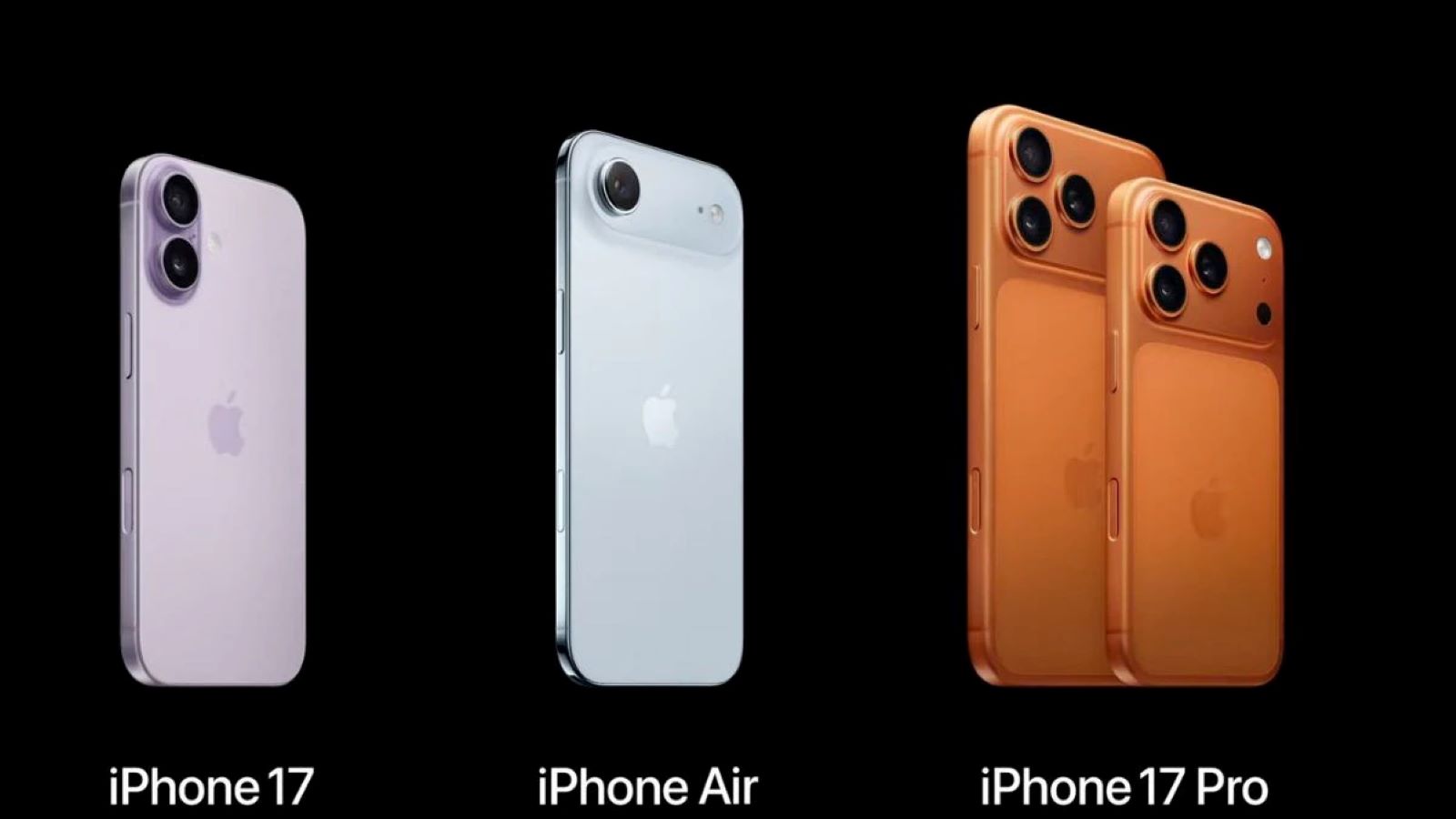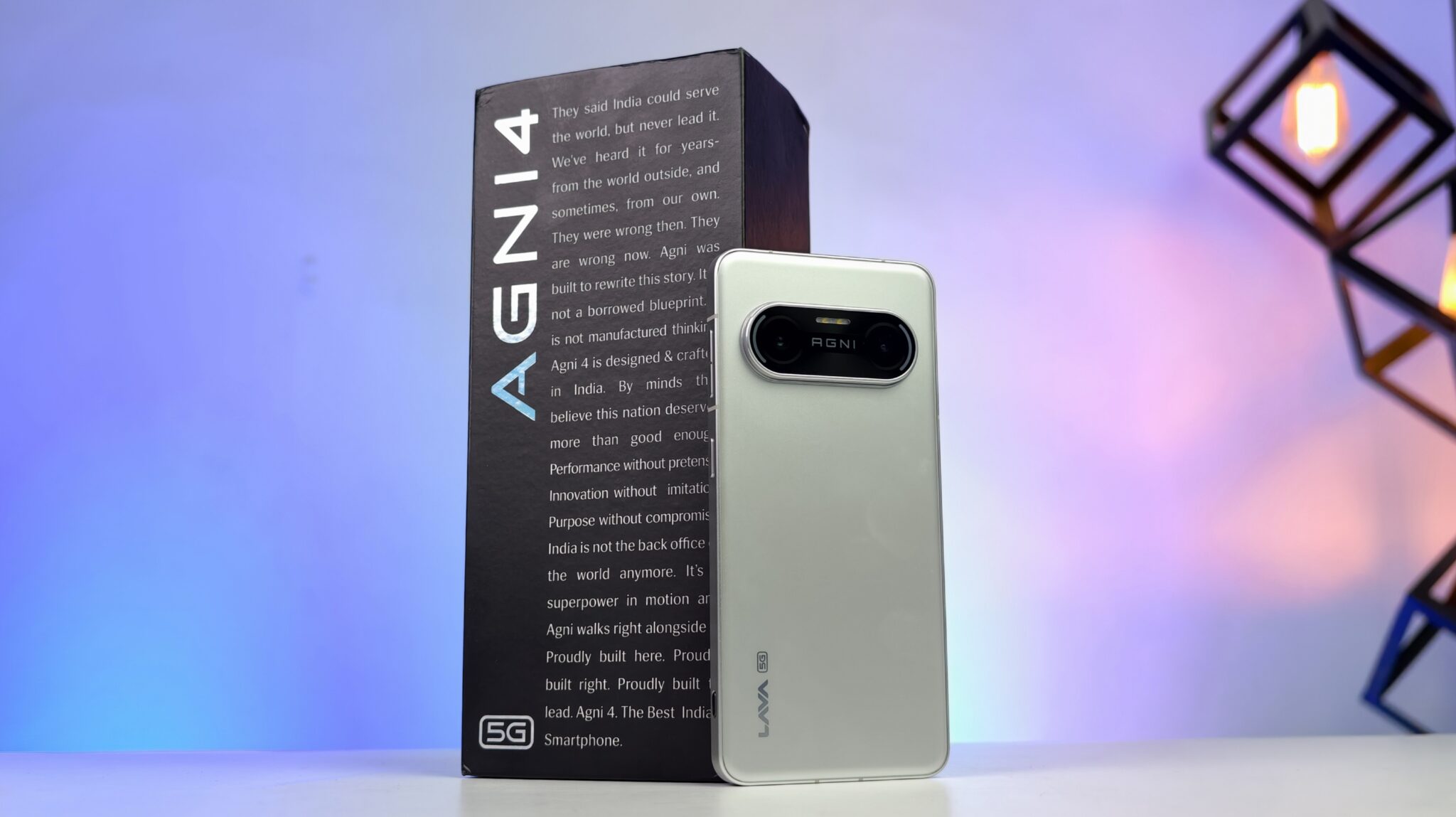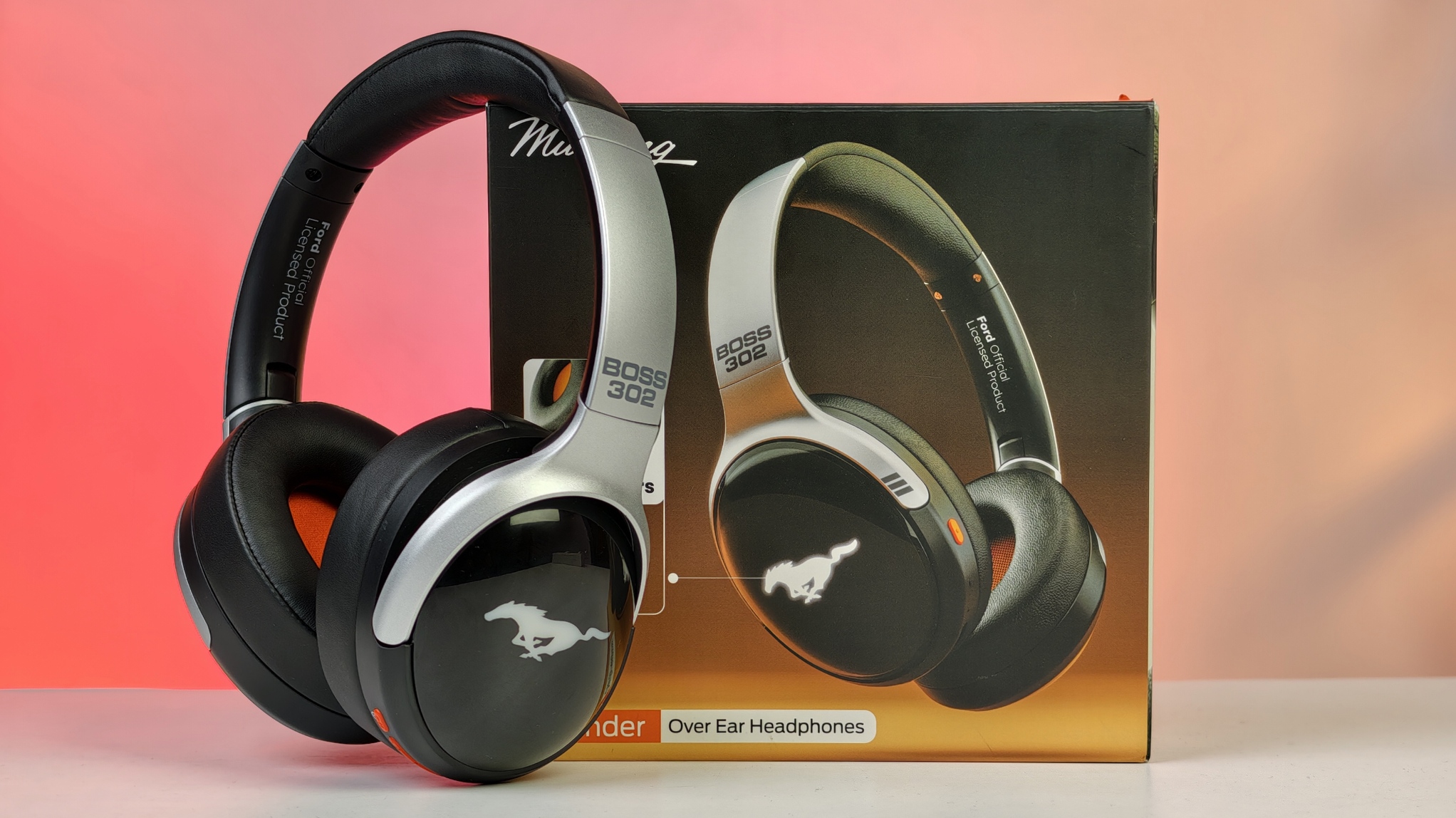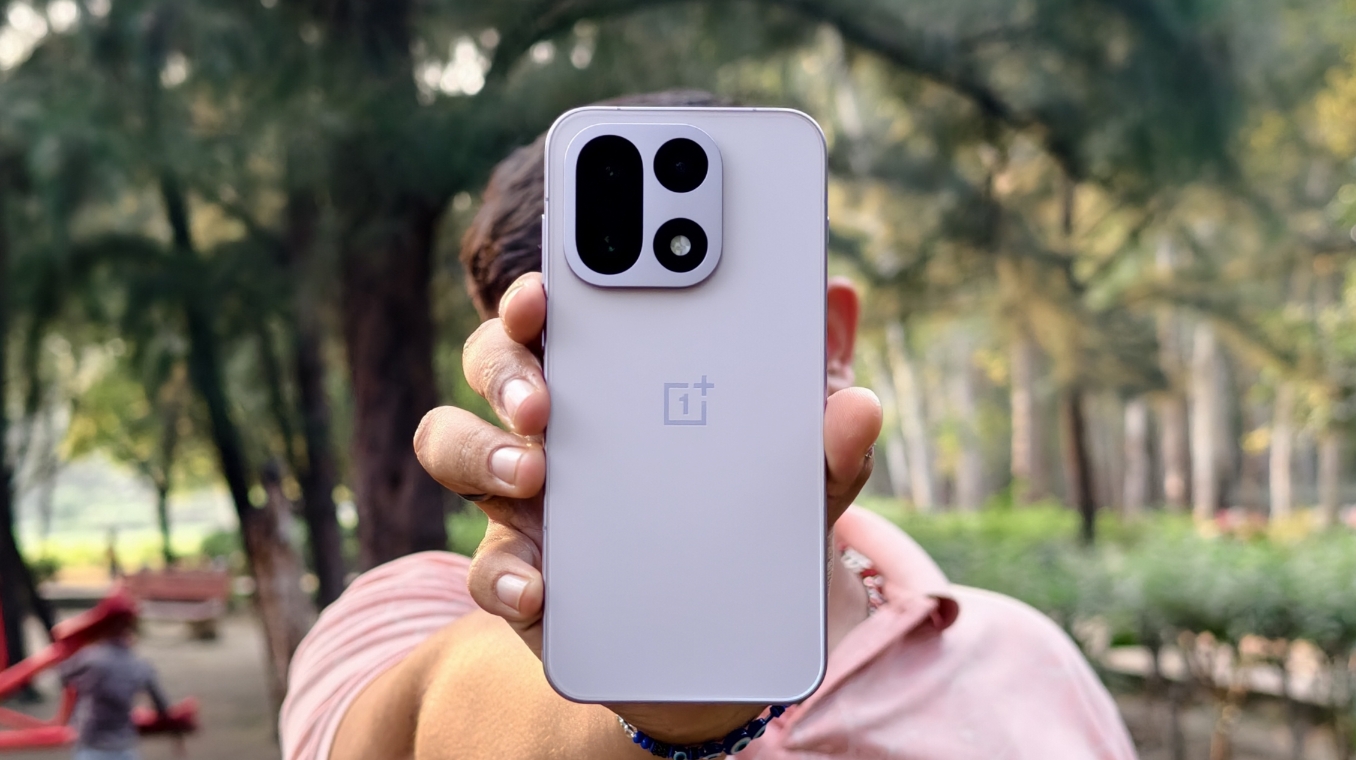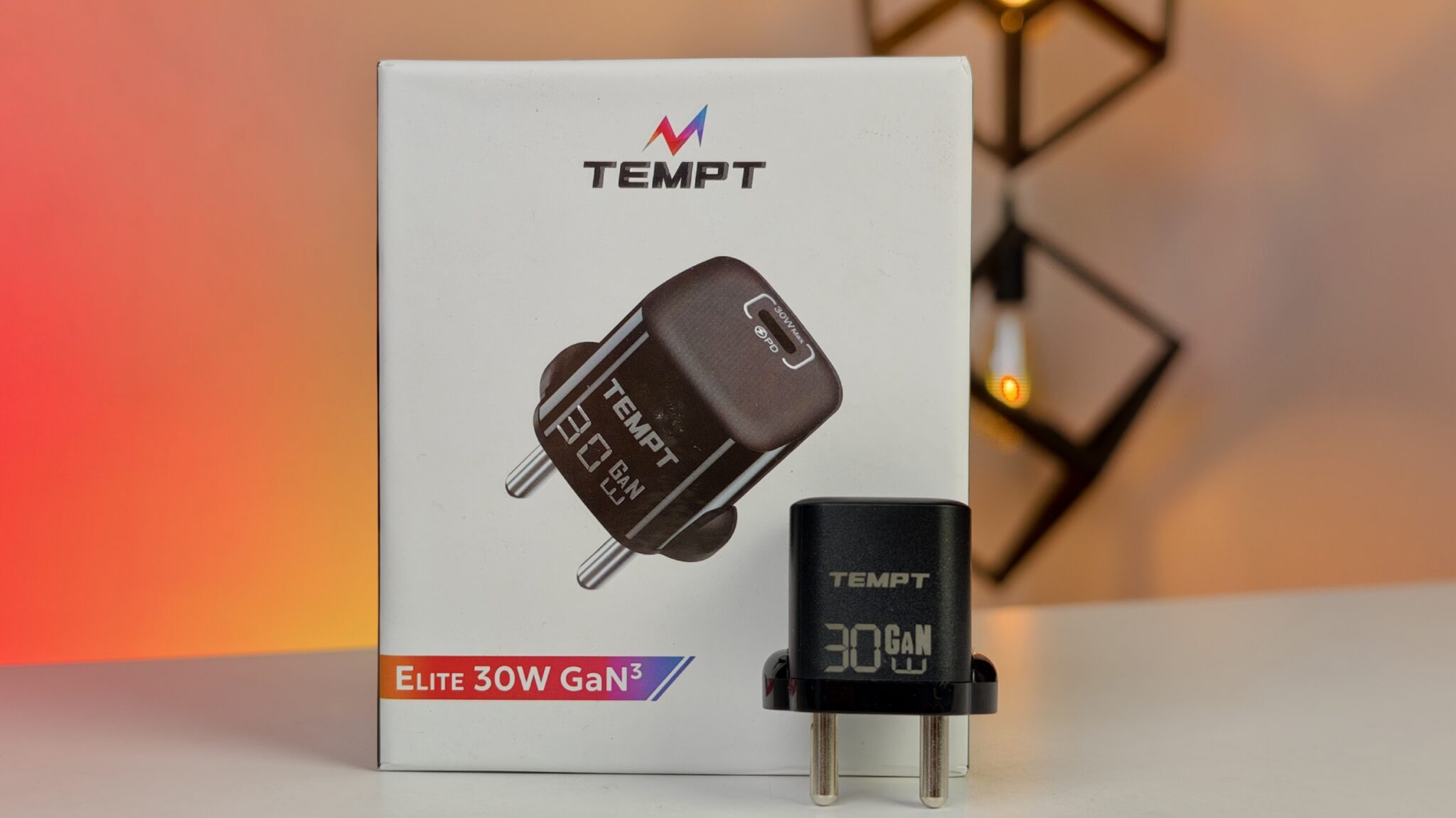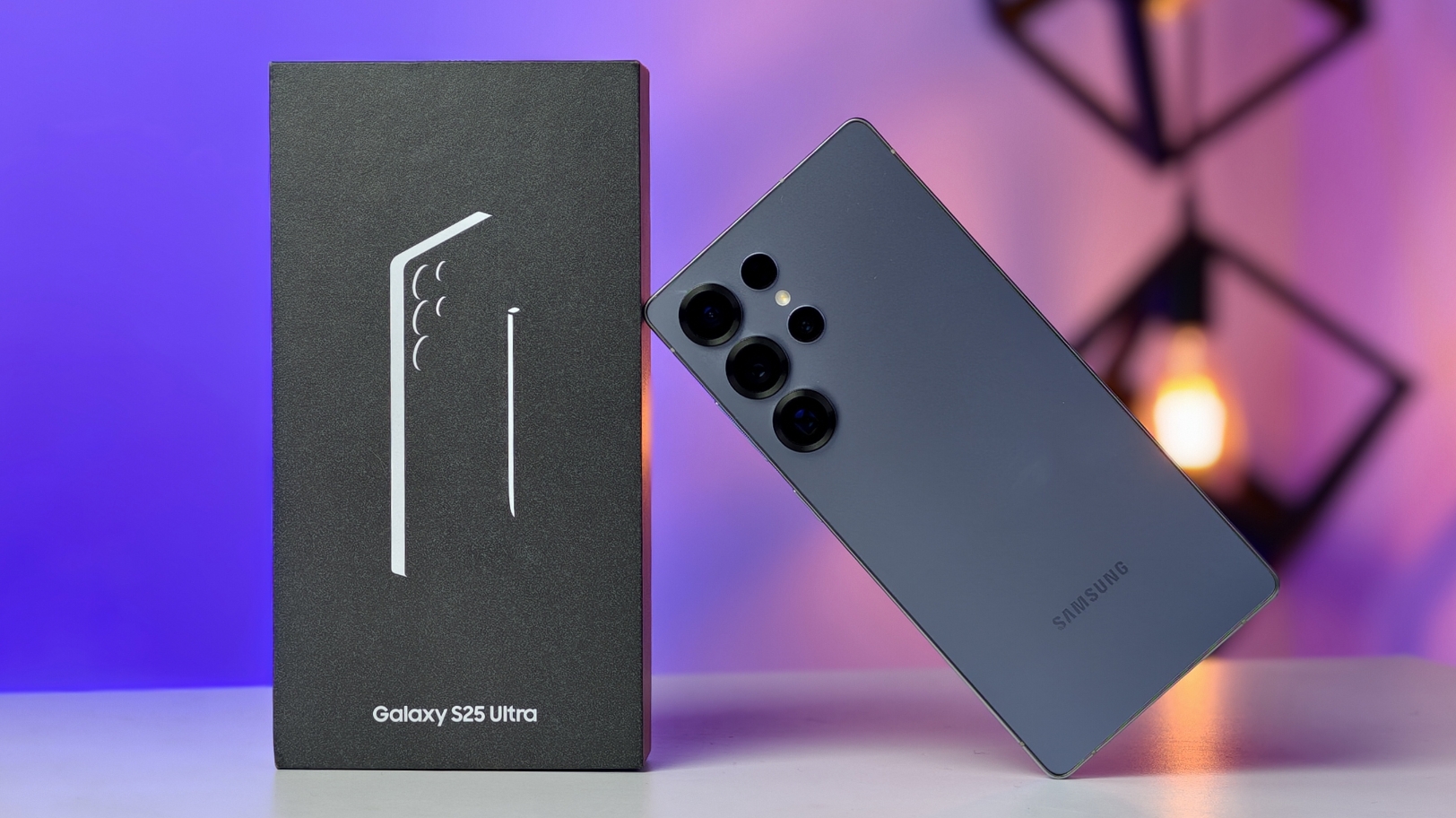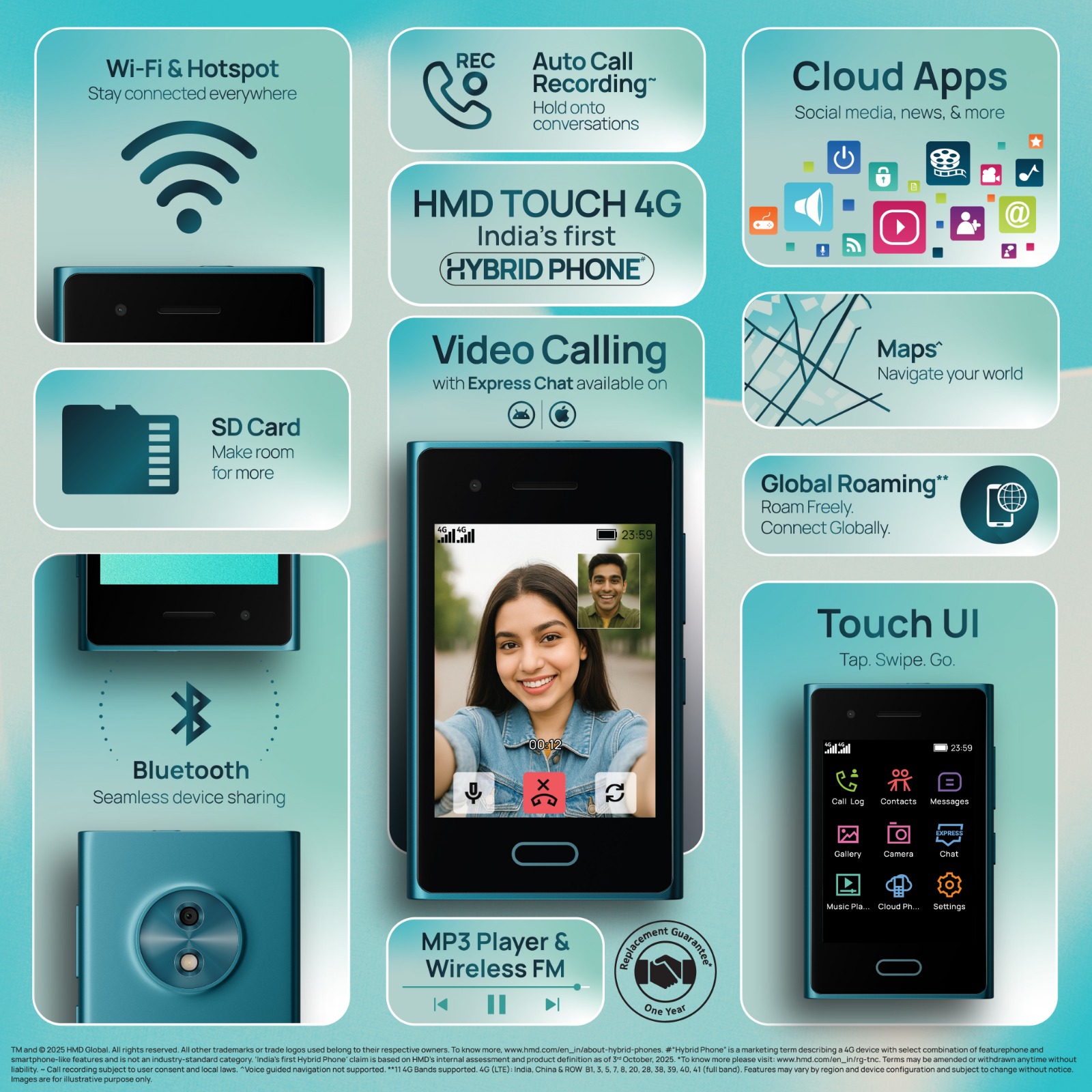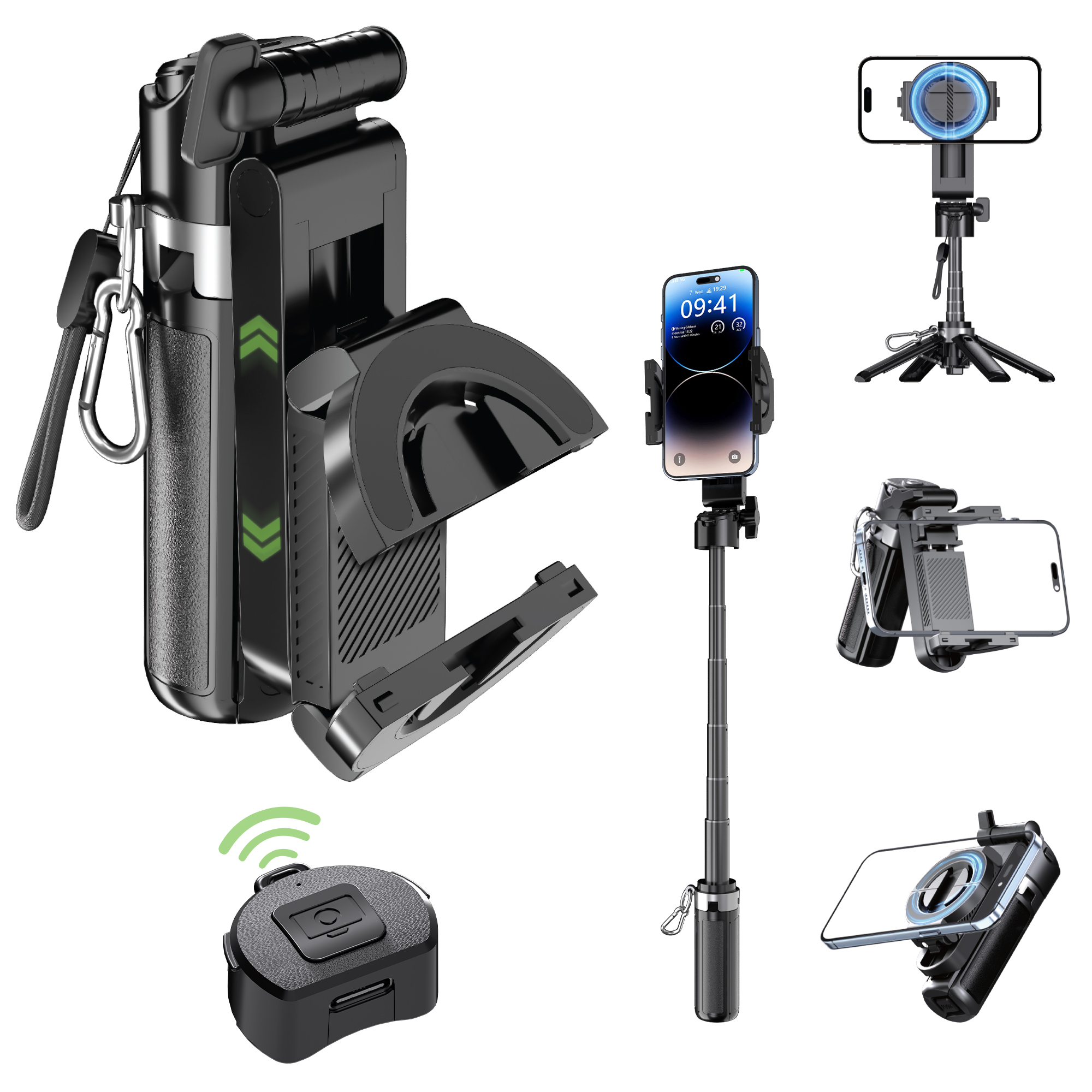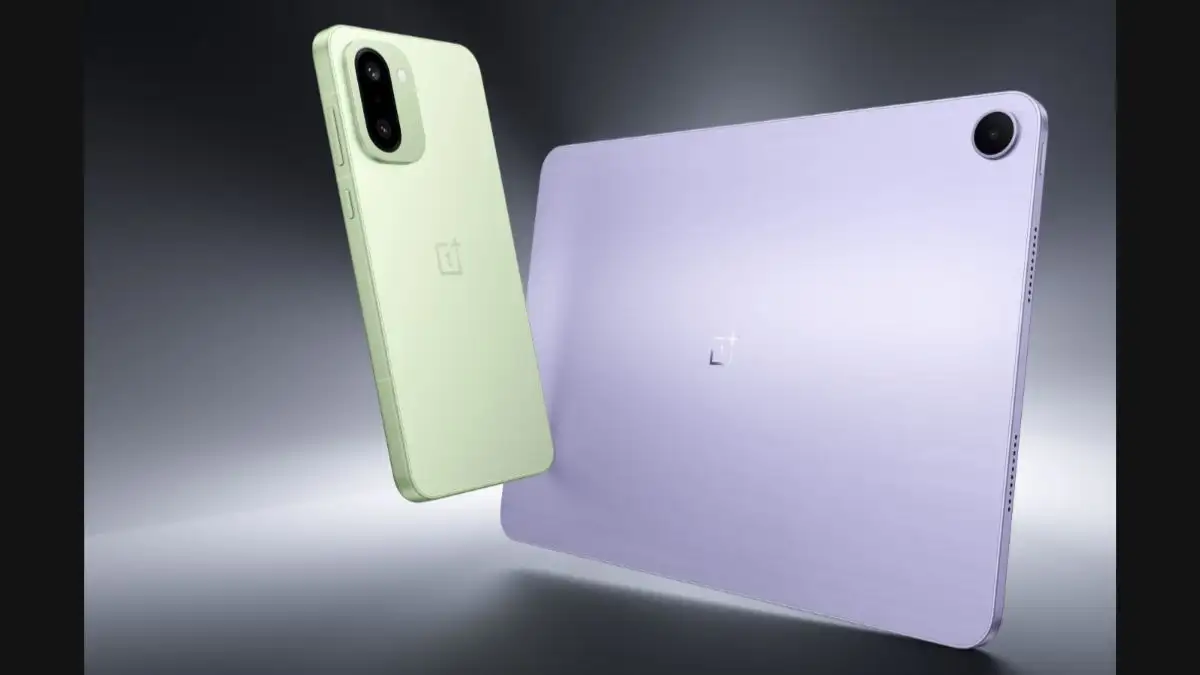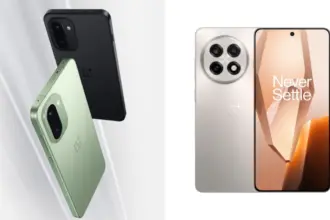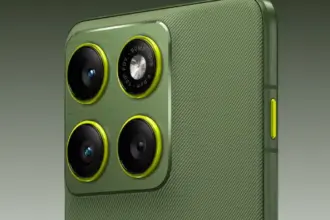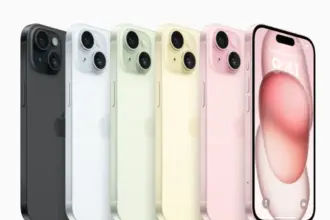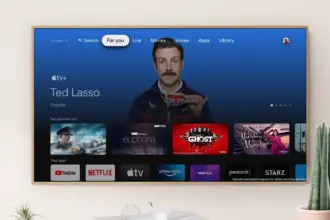Amazon is quietly working on a new pair of augmented reality (AR) glasses for consumers, a move that puts the e-commerce giant in direct competition with companies like Meta and Apple in the race to shape the next major computing platform. The project, known internally as Project Grace, is said to focus on creating lightweight spectacles that can overlay digital information onto the real world. Unlike Amazon’s current audio-only Echo Frames, these glasses are designed to deliver a true visual AR experience.
Key Takeaways
- Amazon’s new AR glasses are being developed under the codename Project Grace.
- They are expected to use light field technology to project images directly into the user’s eyes.
- The design goal is to make the glasses look and feel like regular eyewear.
- Amazon will compete with Meta’s Ray-Ban smart glasses and Apple’s entry into spatial computing.
What makes Project Grace particularly intriguing is its underlying technology. Instead of relying on tiny embedded screens, the glasses are expected to use a light field system. This technique projects images directly onto the retina, creating visuals that feel more natural and three-dimensional. It could also help reduce the eye strain that often comes with staring at a small display so close to the face. The broader aim is to make the device virtually indistinguishable from everyday prescription glasses, which would make them far easier to adopt for daily use.
Amazon’s approach looks like a direct challenge to Meta. Meta’s Ray-Ban collaboration has already produced smart glasses that can take photos, record video, and play music, but they do not offer a visual display. While Meta continues to emphasize its metaverse ambitions, Amazon could be focusing on something more immediately useful. Picture browsing in a store, glancing at a product, and instantly seeing reviews, price comparisons, or recommendations from Amazon’s marketplace right in your line of sight. Reports suggest the glasses will likely include a custom processor and an onboard AI assistant.
This push reflects a broader trend in spatial computing. Apple has already made its mark with the high-end Vision Pro mixed-reality headset, but that device targets a premium segment. Amazon, by contrast, seems to be working toward something more accessible. Its earlier effort with the Echo Frames, now in their third generation, showed that consumers are open to smart eyewear. Project Grace, however, represents a much more ambitious step into true AR.
The real challenge is whether Amazon can deliver powerful AR glasses that remain lightweight, comfortable, and capable of lasting an entire day on a single charge. It is a hurdle every major player in this field is facing. While there is no confirmed release date yet, reports suggest Amazon is moving quickly to bring the product closer to launch.
Frequently Asked Questions (FAQs)
Q. What are Amazon’s AR glasses called?
A. The project’s internal codename is Project Grace. Amazon has not announced an official product name yet.
Q. How are these glasses different from Meta’s Ray-Ban glasses?
A. The key difference is the visual display. Amazon’s glasses aim to show digital information overlaid on the real world using light field technology, while the current Ray-Ban Meta glasses are limited to camera and audio functions without a screen.
Q. When will Amazon’s AR glasses be released?
A. Amazon has not confirmed a release date. Industry reports suggest a possible launch, but no official timeline has been provided.
Q. What will you be able to do with Amazon’s AR glasses?
A. Potential uses include object recognition, displaying real-time information and notifications, and integrating with Amazon’s shopping and AI services.
Q. Are these new glasses similar to Google Glass?
A. While both are AR devices, Project Grace aims for a more discreet, everyday design that looks like normal glasses. This approach learns from the social acceptance issues that faced the more industrial-looking Google Glass a decade ago.



